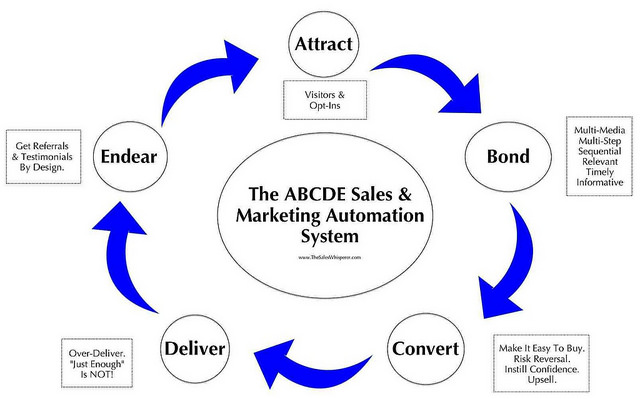Customer relationship management or CRM is one of the most important functions in an organization, and organizations need to do all they can to ensure that it is on track. There are a lot of common mistakes that organizations make, which reduces the value and effectiveness of their CRM efforts. In this post, we will take a look at some of these so that they will tell you what not to do in your CRM.
No Holistic Philosophy
CRM is a fancy word to throw around, and lots of organizations do that without knowing much about it. In fact, in many organizations, CRM means sales, not the whole process of customer interactions. This is one of the biggest mistakes that organizations make – give lip service to CRM without actually doing anything to implement it effectively. More than a function, CRM is a philosophy – how organizations handle their relationships with their customers. If this is not the guiding thought behind the efforts of the organization, CRM efforts are bound to fail. It is not a short-term thing that delivers immediate results – effective CRM is what the organization needs to be in business for the long-term.
Undefined Roles and Responsibilities
With CRM including multiple business functions, it can often get confusing about who should handle which part of the process. Sales and marketing teams might step on one another’s shoes or might leave it for the other one to handle, in which case the work is not done at all. This happens because there is no clear definition of roles and responsibilities among all the stakeholders. It is therefore essential to make them clear, and standardize the process.
Communication and Collaboration
As mentioned, CRM is a process that involves multiple functions. If CRM is to do well, that means that all the functions involved in CRM, sales, marketing, and service, are collaborating and communicating with one another effectively. However, this rarely happens in organizations, and it is not uncommon for each of three functions to work on their own, and lead to the creation of silos of data.
Also, there must be clear and open channels of communication among the stakeholders, and there should be shared access to data so that each one would know where the others stand, and what needs to be done.
Issues with CRM Software
There are many mistakes that organizations make when it comes to CRM software. In the first place, many organizations don’t even have one, and use spreadsheets and other diverse channels to manage their customer relationships. Also, those who deploy the software often do not use it effectively, or make the mistake of falling for a big brand whose solution does not adequately meet all their requirements.
Another mistake that organizations do is to think of the software as an IT tool and not as a business solution. Also, they often leave the decision on the software and its implementation to the IT team, another mistake since it is the CRM function which should choose the software – not the IT team. In fact, with many vendors offering online solutions nowadays, IT is often redundant, and CRM specialists can deploy and use the solution themselves without any help or intervention from the IT department.
Data Collection and Analysis
Not many organizations go to the pains of collecting data or analysing it. They are happy with what they are doing, and do not care to look at the data to see how their efforts are bearing fruit. Now, this is mainly because they do not have the resources to do so, or the will. Also, they do not have access to analytics tools that can help them with the analysis. Having to do everything manually, they give up on it, and are missing out on a treasure trove that can really help them in many ways.
Lack of Automation
This one is tied up with the CRM solution, but then, lack of automation is a serious mistake for organizations to make. There are a number of repetitive tasks in CRM, like collecting data, scheduling appointments, communicating with the prospects and so on, which are better for automation than manual tasks.
Not Implementing a Funnel or Nurturing Leads
Lastly, one of the biggest mistakes that organizations make is to not give a shape to their CRM efforts. They do not implement a funnel nor do they have a mechanism for nurturing their leads as they follow the funnel. Sales cycles take time, and it is necessary for organizations to ensure that prospects and leads are kept interested and engaged throughout the duration of the process, or they will go with those that would.
Customer relationship management is not the easiest of business processes to get right, but effective CRM will ensure that organizations will have the best chance for success. Organizations have a plethora of choice in implementing the right CRM solution for their needs, and by not adopting technology; they are at the risk of losing out to their competition.
Rachel works for SutiSoft, Inc as a web content writer. Rachel covers business, technology and SaaS trends.






















































































































































































